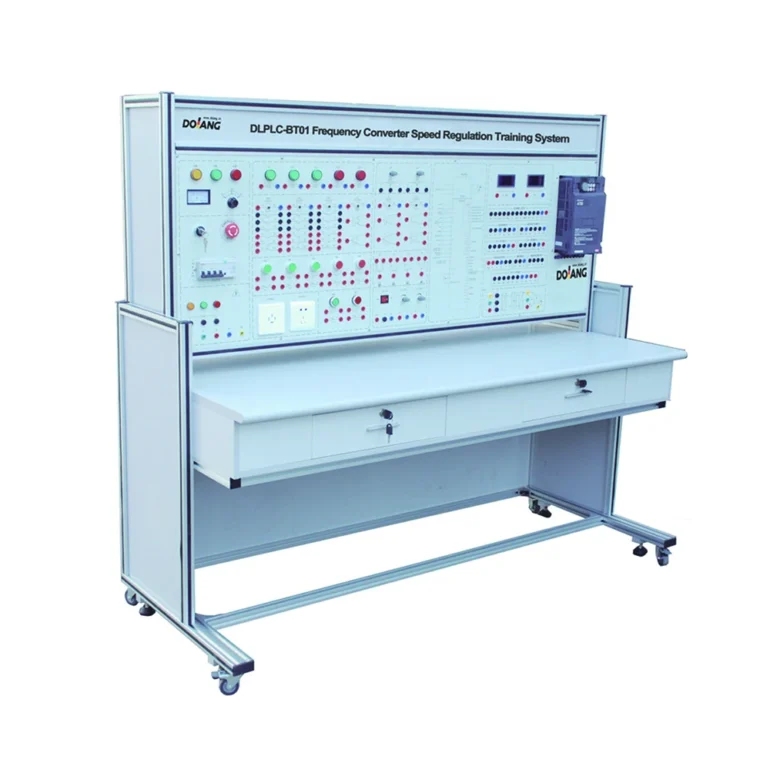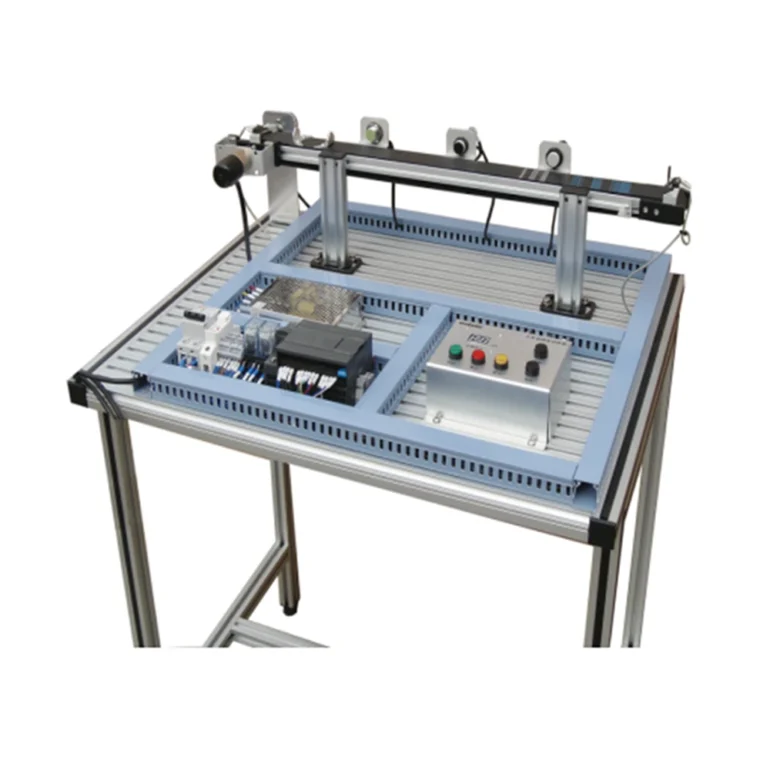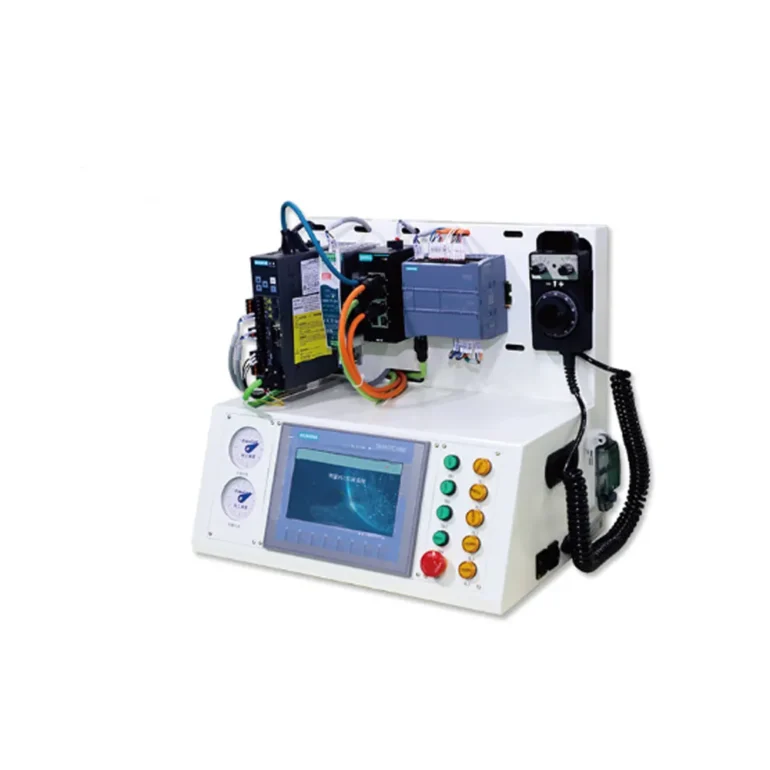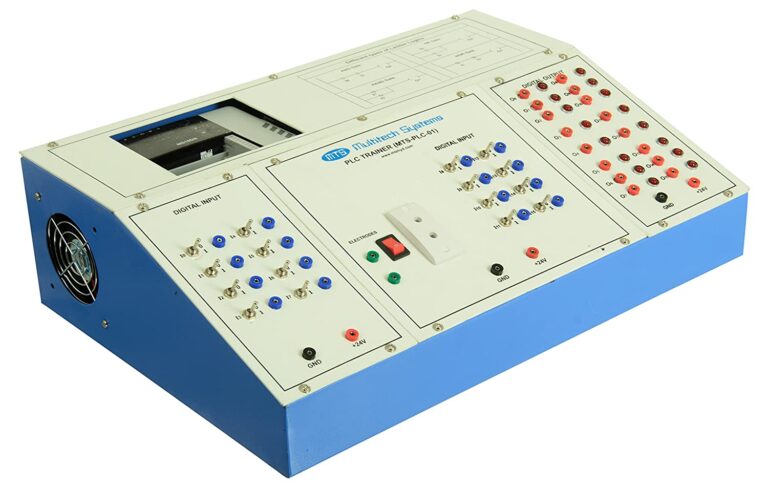Programmable Logic Controllers, or PLCs, are computer-based industrial control systems that automate manufacturing and industrial processes. They are used to control everything from simple machines to entire production lines, and are an essential tool for modern industrial automation. If you’re in the market for a PLC trainer, you’ll want to know what to look for in order to make the best choice for your needs.
1. Price
Price is always a consideration when making a purchase, and PLC trainers are no exception. They can range in price from a few hundred dollars to several thousand dollars, depending on the complexity of the system and the features included. When considering the price, think about what features are essential for your needs and what you can do without. Keep in mind that a more expensive system may offer more features, but may not be necessary for your needs.
2. PLC Type

There are many different types of PLCs available, and the type you choose will depend on your needs. The two most common types of PLCs are ladder logic and function block diagram (FBD).
- Ladder logic is the more basic of the two, and is easier to learn and use.
- FBD is more complex, but offers greater functionality and flexibility.
Consider the type of programming language you are comfortable with when choosing a PLC trainer.
3. Input/Output (I/O) Configuration
The I/O configuration is the number and type of input and output ports on the PLC trainer. This will determine what types of sensors and actuators can be connected to the system. When choosing a PLC trainer, make sure the I/O configuration matches your needs. If you plan on using sensors and actuators that require a specific type of input/output, make sure the system can accommodate them.
4. Software
The software that comes with the PLC trainer is just as important as the hardware itself. The software is used to program the PLC and create logic sequences, so it must be user-friendly and intuitive. Look for software that offers a wide range of programming options, including ladder logic and FBD, as well as the ability to simulate and test logic sequences.
5. Documentation and Support

Documentation and support are essential when working with PLC trainers. Look for a system that includes detailed documentation, including manuals and guides, as well as online support resources. Check to see if the manufacturer offers training courses or webinars, which can be invaluable when learning to use the system.
6. Physical Layout and Size
The physical layout and size of the PLC trainer is important, especially if you plan on using it in a lab or classroom setting. Look for a system that is compact and portable, but still offers a range of inputs and outputs. The system should also be durable and able to withstand the wear and tear of frequent use.
7. Expandability

Finally, consider the expandability of the PLC trainer. As your needs grow and change, you may need to add additional inputs and outputs or upgrade the system. Look for a system that is modular and can be easily expanded or upgraded as needed.
In conclusion, by carefully evaluating these factors, you can choose a system that meets your needs and helps you learn and master the skills of industrial automation.

